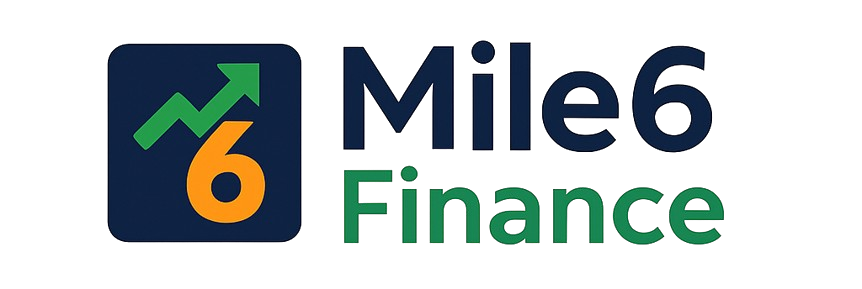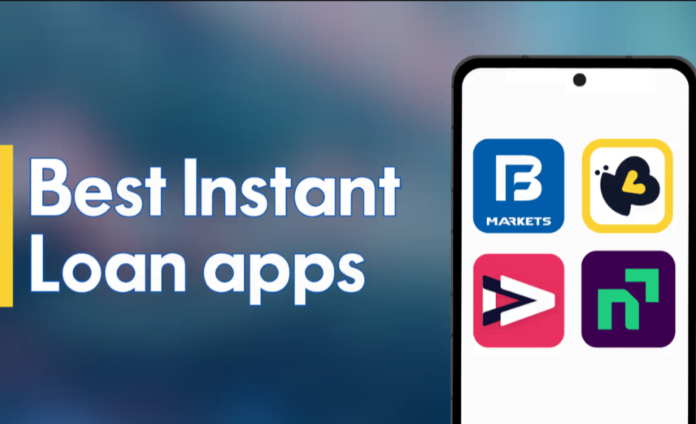Introduction to Loan Apps in India
Loan apps have emerged as a transformative force in India’s financial landscape, offering a streamlined gateway for personal and business loans. These digital platforms utilize sophisticated algorithms and data analytics to assess creditworthiness, providing an efficient and customer-friendly alternative to traditional banking methods. The conventional lending process is often burdened with paperwork, long approval times, and strict criteria, making it cumbersome for many borrowers. Loan apps address these issues by providing a rapid, user-friendly solution accessible anytime and anywhere.
The surge in smartphone adoption across India — including rural and semi-urban regions — has been pivotal to the widespread popularity of loan apps. With increasing digital footprints, more Indians are seamlessly integrating financial technology into their lives. Statistically, India’s smartphone users are expected to exceed 750 million by the end of 2023, amplifying the reach of digital lending solutions tremendously.
Loan apps cater to a diverse array of financial needs, from personal loans and emergency funds to business capital and educational loans. These apps offer distinct advantages over traditional banks, such as quicker approval times, minimal documentation, and flexible repayment options. With just a few taps on a smartphone, users can apply for and receive loans within hours, a stark contrast to the bureaucratic delays often encountered in conventional banking. Additionally, competitive interest rates and transparent processes foster trust and attract a broader customer base.
Moreover, the inclusion of underserved segments, like rural populations and those with limited banking access, underscores the democratizing power of loan apps in India. This increased accessibility is instrumental in driving economic inclusion, enabling individuals and small businesses to access much-needed financial resources swiftly and efficiently.
Ultimately, the proliferation of loan apps signifies a shift towards a more inclusive and dynamic financial ecosystem in India. By overcoming the limitations of traditional banking, these platforms not only meet the evolving needs of a digital-savvy population but also contribute to the broader objective of financial inclusion and economic empowerment.
Key Features and Benefits of Loan Apps
In recent years, loan apps have revolutionized the way individuals access financial services in India. One of the standout features of loan apps is the instant loan approval process. Unlike traditional banking methods that may take days or even weeks, loan apps can often provide approvals within minutes. This immediacy is made possible by advanced algorithms that assess a user’s financial profile in real time.
Another significant feature is the minimal documentation requirement. Traditional loans typically necessitate extensive paperwork and multiple visits to a bank, but loan apps simplify the process by allowing users to upload necessary documents directly through the app. This can include KYC information, income proofs, and bank statements.
Loan apps are also praised for their user-friendly interfaces. Designed with the layperson in mind, these interfaces are intuitive and easy to navigate, making the loan application process straightforward for users across various demographics. Additionally, many loan apps offer flexible repayment options, allowing borrowers to choose payment plans that best fit their financial situations. These plans often range from short-term loans of a few months to longer terms extending up to a few years.
A crucial advantage of using loan apps is the competitive interest rates they offer. Due to reduced overhead costs compared to traditional banks, many loan apps can afford to provide more attractive rates to their users. Furthermore, such apps contribute significantly to financial inclusion by offering credit services to individuals who lack a traditional credit history, thus enabling them to improve their credit scores over time.
Loan apps also empower users to manage their loans directly from their mobile devices. This convenience is invaluable in today’s fast-paced world, allowing users to track repayment schedules, receive notifications, and make payments on the go. Popular loan apps such as PaySense, KreditBee, and MoneyTap exemplify these benefits, offering tailored services to meet the diverse financial needs of users in India.
How to Choose a Reliable Loan App
As the digital lending market in India continues to expand, selecting a reliable loan app has become increasingly important. When choosing a loan app, it is crucial to assess its credibility. Start by examining user reviews and ratings on app stores and other platforms to gauge the experiences of existing users. High ratings and positive feedback often indicate dependable services.
Interest rates and associated fees play a pivotal role in determining the overall cost of a loan. Before committing to any loan app, scrutinize the interest rates, processing fees, and any other hidden charges that could impact your financial situation. Opt for a platform that offers transparent pricing and competitive rates to ensure you are making a financially sound decision.
Reading and understanding the terms and conditions is another essential step in the selection process. Thoroughly reviewing these details helps you avoid any unwarranted surprises during the loan tenure. Ensure that the app provides clear information on repayment schedules, prepayment options, and penalties for late payments.
A reliable loan app should be regulated by the Reserve Bank of India (RBI). Verification of regulatory compliance guarantees that the app adheres to Indian financial laws and industry best practices. Additionally, it is vital to confirm that the app follows necessary data protection laws to safeguard your personal and financial information.
To verify the authenticity of a loan app, refer to trusted sources such as official RBI lists or well-known financial websites that highlight credible digital lenders. Be cautious of apps with limited online presence, vague contact information, or those requesting excessive personal data upfront, as these could be indicative of fraudulent services.
Comparing different loan apps effectively involves considering several factors, including loan amounts, eligibility criteria, disbursal times, and customer support quality. Utilize comparison websites and read comprehensive reviews to gain in-depth insights into each app’s offerings. By meticulously evaluating these attributes, you can select a loan app that aligns with your financial needs and provides a secure borrowing experience.
Frequently Asked Questions (FAQs) About Loan Apps
Loan apps have become a popular financial tool in India, offering a convenient way to access quick funds. Here we address some common questions and concerns users might have.
What Are the Eligibility Criteria for Loan Apps?
Eligibility criteria can vary across different loan apps, but generally, applicants must be at least 18 years old, have a stable source of income, and possess a valid identification proof such as an Aadhaar card or a PAN card. Some apps may also require a minimum credit score, though many cater to users with low or no credit history.
What Documentation Is Required?
Most loan apps require minimal documentation, aiming to streamline the process. Typically, you will need to provide identification proof, address proof, income proof (such as salary slips or bank statements), and possibly your credit report. These documents can usually be uploaded directly through the app.
How Does the Application Process Work?
The application process for loan apps is designed to be swift and user-friendly. Users need to download the app, register with their personal details, upload the required documents, and fill out the loan application form. Once submitted, the application is reviewed and, if approved, the funds are disbursed to the user’s bank account, often within 24 hours.
What Are the Interest Rates Like?
Interest rates on loans from loan apps can vary widely, depending on the lender, loan amount, and repayment period. Typically, rates range from 10% to 30% per annum. It’s crucial for users to review the terms and conditions carefully to understand the total cost of borrowing.
How Are Repayment Schedules Typically Structured?
Repayment schedules can be flexible, offering options ranging from a few months to a few years. Loan apps usually offer Equated Monthly Installments (EMIs) for repayment, making it easier for users to manage their finances. Some apps provide reminders to ensure timely payments and avoid defaulting.
What Happens if I Default on My Loan?
Defaulting on a loan can have significant consequences. Loan apps generally charge late fees, and continued non-payment can lead to negative reports on your credit score, making it harder to obtain credit in the future. It is advisable to contact the lender to discuss alternative repayment options if you’re facing difficulties in repaying.
How Does Using Loan Apps Affect My Credit Score?
Using loan apps responsibly can positively impact your credit score, as timely repayments demonstrate financial reliability. However, defaulting or delayed payments can negatively affect your credit history. It is important to maintain a good repayment record to enhance your creditworthiness.
Tips for Using Loan Apps Responsibly
To use loan apps responsibly, only borrow what you can afford to repay, read the terms and conditions thoroughly, and maintain a budget to manage your repayments. Additionally, ensure that you use reputed loan apps to safeguard your personal information from potential security risks.
By following these guidelines and being aware of the terms, you can make informed decisions and leverage the benefits offered by loan apps effectively.










